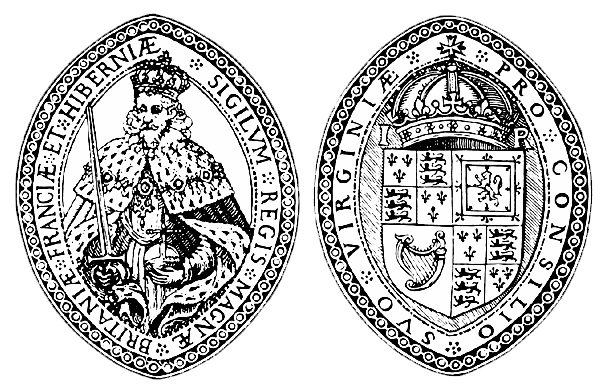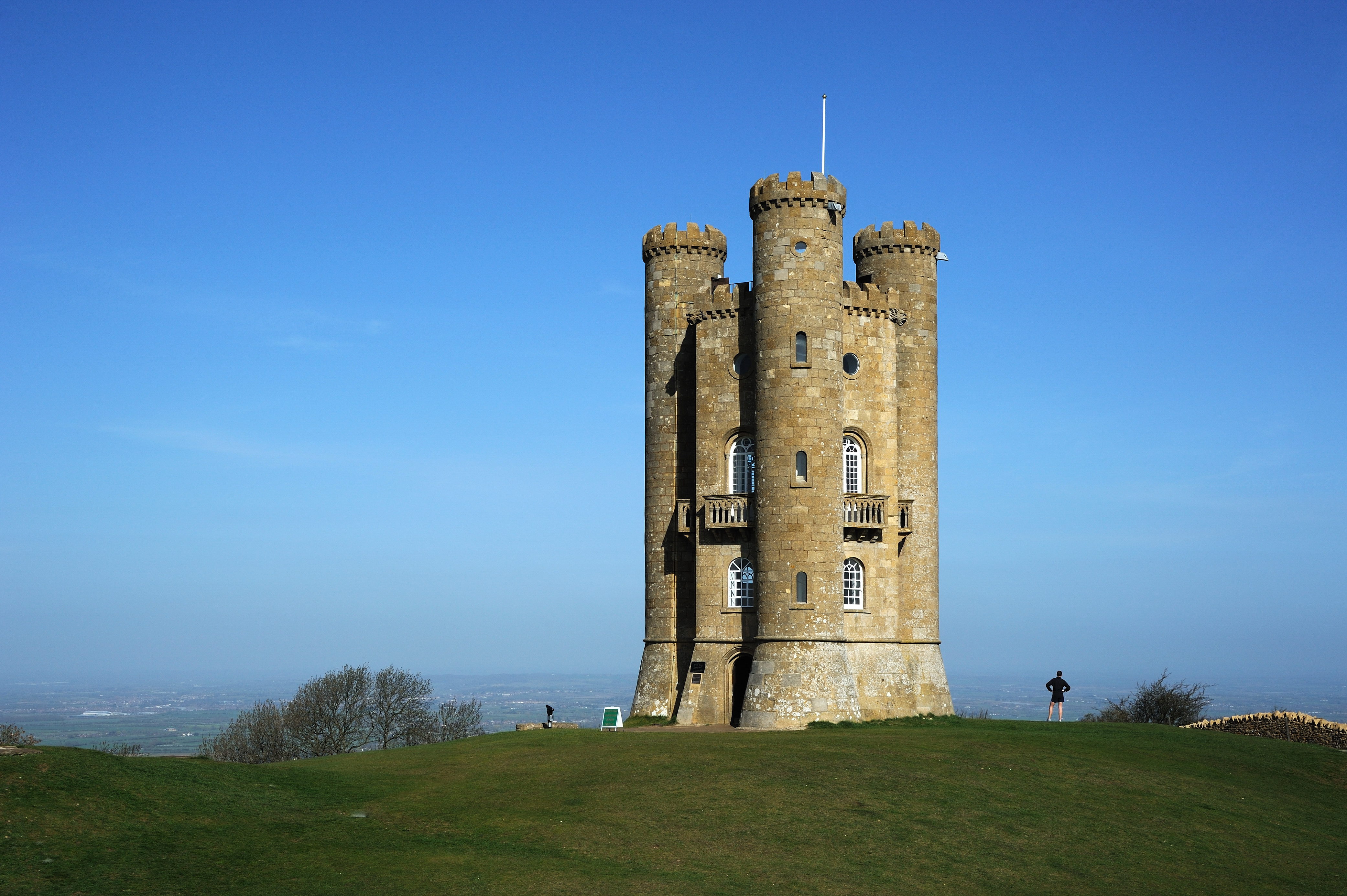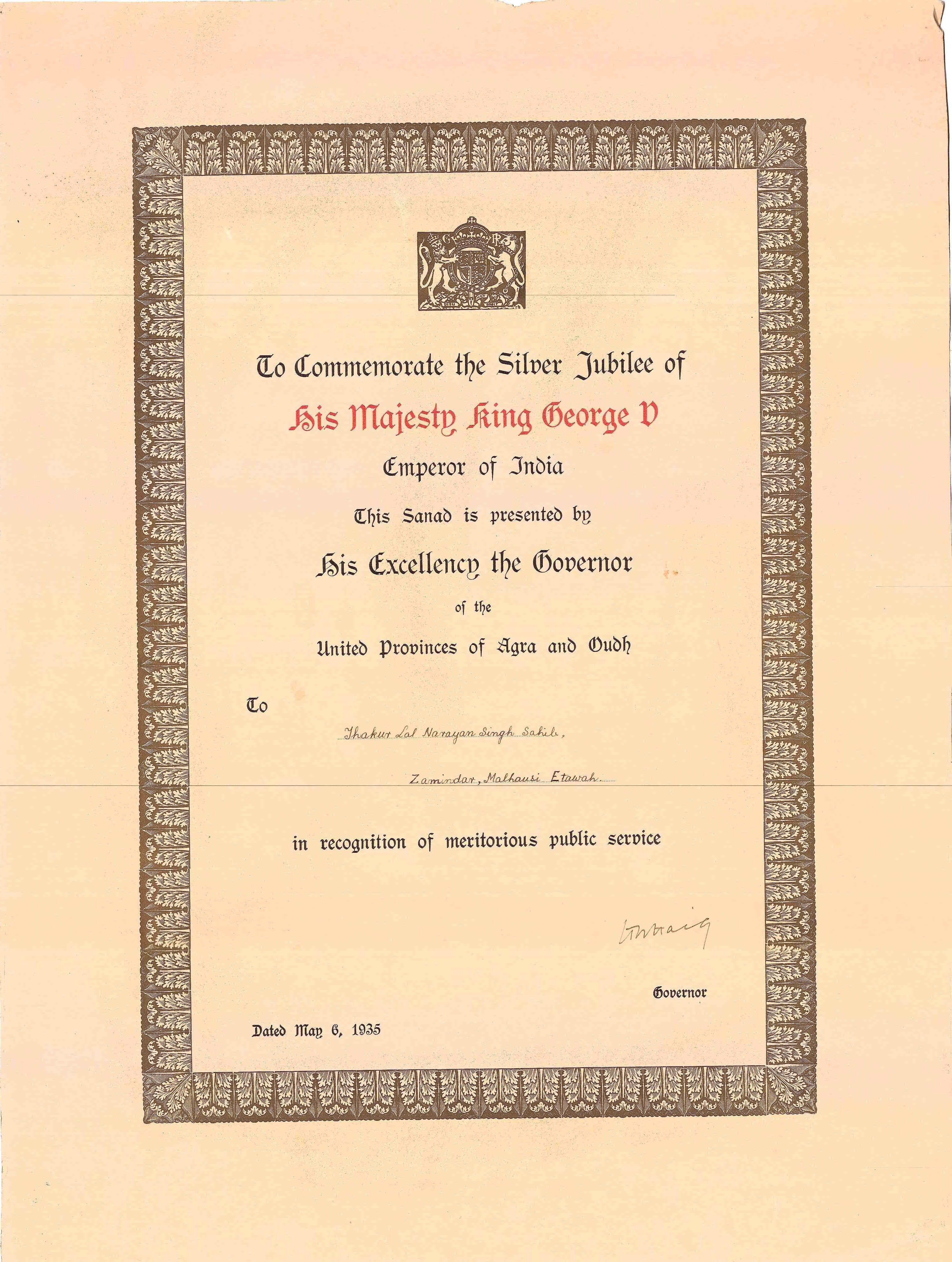|
Sir William Pole
Sir William Pole (1561–1635) of Colcombe House in the parish of Colyton, and formerly of Shute House in the parish of Shute (adjoining Colcombe), both in Devon, was an English country gentleman and landowner, a colonial investor, Member of Parliament and, most notably, a historian and antiquarian of the County of Devon. Career Pole was baptised on 27 August 1561 at Colyton, Devon, the son of William Pole, Esquire (c.1514 – 1587), MP, by his wife Katherine Popham (died 1588), daughter of Alexander Popham of Huntworth, Somerset by his wife Joan Stradling. Katherine was the sister of John Popham (1531–1607), Lord Chief Justice. In 1560 his father had purchased Shute House, near Colyton and Axminster, Devon. He entered the Inner Temple in 1578, was placed on the Commission of the Peace for Devonshire, served as Sheriff of Devon in 1602–3, and was MP in 1586 for Bossiney, Cornwall. He was knighted by King James I at Whitehall Palace on 15 February 1606. He paid ... [...More Info...] [...Related Items...] OR: [Wikipedia] [Google] [Baidu] |
Virginia Company
The Virginia Company was an English trading company chartered by King James I on 10 April 1606 with the object of colonizing the eastern coast of America. The coast was named Virginia, after Elizabeth I, and it stretched from present-day Maine to the Carolinas. The company's shareholders were Londoners, and it was distinguished from the Plymouth Company, which was chartered at the same time and composed largely of gentlemen from Plymouth, England. The biggest trade breakthrough resulted after adventurer and colonist John Rolfe introduced several sweeter strains of tobacco from the Caribbean. These yielded a more appealing product than the harsh-tasting tobacco native to Virginia. Cultivation of Rolfe's new tobacco strains produced a strong commodity crop for export for the London Company and other early English colonies and helped to balance a national trade deficit with Spain. The company failed in 1624, following the widespread destruction of the Great Massacre of 1622 by ... [...More Info...] [...Related Items...] OR: [Wikipedia] [Google] [Baidu] |
List Of Worthies Of Devon
This is a list of persons considered by John Prince (1643–1723) sufficiently notable to warrant the inclusion of their biography in his work ''The Worthies of Devon''. ''The Worthies of Devon'' While at Berry Pomeroy, John Prince worked on his magnum opus: a biography of his home county's many notable figures, which he probably finished in 1697. The book ran to 600 pages, with woodcuts to illustrate the 191 biographies. He struggled to find funding for it; most publishers able to handle such a large book were based in London or Oxbridge. The printer was forced to advertise for subscribers while the book languished for four years until its first publication in 1701. It is evident that Prince was over-ambitious in his work. The alphabetical entries from A to H fill half the book, while L to Z are squeezed into the final quarter, as money problems took their toll on his inclusions. A second volume, detailing 115 entries chosen by Prince to redress the balance, was never publish ... [...More Info...] [...Related Items...] OR: [Wikipedia] [Google] [Baidu] |
John Prince (Totnes)
Rev. John Prince (1643–1723), vicar of Totnes and Berry Pomeroy in Devon, England, was a biographer. He is best known for his ''Worthies of Devon'', a series of biographies of Devon-born notables covering the period before the Norman Conquest to his own era. He became the subject of a sexual scandal, the court records of which were made into a book in 2001 and a play in 2005. Origins John Prince was born in 1643 in a farmhouse (now called Prince's Abbey) on the site of Newenham Abbey, in the parish of Axminster, Devon. He was the eldest son of Bernard Prince (died 1689) (to whom John erected a monument in Axminster Church) by his first wife Mary Crocker, daughter of John Crocker,Courtney, William Prideaux. " Prince, John (1643–1723)", ''Dictionary of National Biography'', London, 1885–1900, Volume 46. of the ancient Crocker family seated at Lyneham House in the parish of Yealmpton, Devon. Lyneham was, after ''Hele'' the second earliest known home of the Crocker family, one ... [...More Info...] [...Related Items...] OR: [Wikipedia] [Google] [Baidu] |
Tor Abbey
Torre Abbey is a historic building and art gallery in Torquay, Devon, which lies in the South West of England. It was founded in 1196 as a monastery for Premonstratensian canons, and is now the best-preserved medieval monastery in Devon and Cornwall. In addition to its medieval and Georgian rooms, Torre Abbey is known for the formal gardens on Abbey Park and Meadows, for the third largest art collection in the county of Devon and for regular exhibitions by contemporary artists. History In 1196 six Premonstratensian canons from the Welbeck Abbey in Nottinghamshire founded Torre Abbey when William Brewer, lord of the manor of Torre, gave them land. By 1536 the Abbey's annual income made it the wealthiest of all the Premonstratensian houses in England. The canons surrendered to King Henry's VIII's commissioner in 1539 at the Dissolution of the Monasteries and immediately thereafter in 1539 a 21-year lease of the site and demesne of Torre Abbey was acquired by Sir Hu ... [...More Info...] [...Related Items...] OR: [Wikipedia] [Google] [Baidu] |
Sir Thomas Phillipps
Sir Thomas Phillipps, 1st Baronet (2 July 1792 – 6 February 1872), was an English antiquary and book collector who amassed the largest collection of manuscript material in the 19th century. He was an illegitimate son of a textile manufacturer and inherited a substantial estate, which he spent almost entirely on vellum manuscripts and, when out of funds, borrowed heavily to buy manuscripts, thereby putting his family deep into debt. Phillipps recorded in an early catalogue that his collection ''was instigated by reading various accounts of the destruction of valuable manuscripts.'' Such was his devotion that he acquired some 40,000 printed books and 60,000 manuscripts, arguably the largest collection a single individual has created, and coined the term "vello-maniac" to describe his obsession, which is more commonly termed bibliomania. The Collection In 1808, when Phillipps was 16 years old, he already owned 112 books (largely Gothic chapbooks). Later in life he is recorded ... [...More Info...] [...Related Items...] OR: [Wikipedia] [Google] [Baidu] |
Sir John De La Pole, 6th Baronet
Sir John William de la Pole, 6th Baronet (26 June 1757 – 30 November 1799) of Shute in the parish of Colyton, Devon, was a Member of Parliament for the rotten borough of West Looe. In 1791 he published, under the title ''Collections Towards a Description of the County of Devon'', the researches on the history and genealogy of Devonshire made by his ancestor the antiquary Sir William Pole (d.1635), which he did not publish in his lifetime and which were enlarged by his son Sir John Pole, 1st Baronet, but which were partly destroyed during the Civil War at Colcombe Castle. Origins He was born on 26 June 1757, the son of Sir John Pole, 5th Baronet (c.1733–1760) by his first wife Elizabeth Mills (d.1758), daughter and co-heiress of John Mills, a banker and planter of St. Kitts, West Indies and Woodford, Essex. Thus he lost both his parents when a small infant, his mother when he was aged 1 and his 27-year-old father at the age of 3. He assumed the surname of de la Pole ... [...More Info...] [...Related Items...] OR: [Wikipedia] [Google] [Baidu] |
Public Record Office
The Public Record Office (abbreviated as PRO, pronounced as three letters and referred to as ''the'' PRO), Chancery Lane in the City of London, was the guardian of the national archives of the United Kingdom from 1838 until 2003, when it was merged with the Historical Manuscripts Commission to form The National Archives, based in Kew. It was under the control of the Master of the Rolls, a senior judge. The Public Record Office still exists as a legal entity, as the enabling legislation has not been modified. History 19th century The Public Record Office was established in 1838, to reform the keeping of government and court records which were being held, sometimes in poor conditions, in a variety of places. Some of these were court or departmental archives (established for several centuries) which were well-run and had good or adequate catalogues; others were little more than store-rooms. Many of the professional staff of these individual archives simply continued their ex ... [...More Info...] [...Related Items...] OR: [Wikipedia] [Google] [Baidu] |
Deed
In common law, a deed is any legal instrument in writing which passes, affirms or confirms an interest, right, or property and that is signed, attested, delivered, and in some jurisdictions, sealed. It is commonly associated with transferring ( conveyancing) title to property. The deed has a greater presumption of validity and is less rebuttable than an instrument signed by the party to the deed. A deed can be unilateral or bilateral. Deeds include conveyances, commissions, licenses, patents, diplomas, and conditionally powers of attorney if executed as deeds. The deed is the modern descendant of the medieval charter, and delivery is thought to symbolically replace the ancient ceremony of livery of seisin. The traditional phrase ''signed, sealed and delivered'' refers to the practice of seals; however, attesting witnesses have replaced seals to some extent. Agreements under seal are also called contracts by deed or ''specialty''; in the United States, a specialty is e ... [...More Info...] [...Related Items...] OR: [Wikipedia] [Google] [Baidu] |
Deed
In common law, a deed is any legal instrument in writing which passes, affirms or confirms an interest, right, or property and that is signed, attested, delivered, and in some jurisdictions, sealed. It is commonly associated with transferring ( conveyancing) title to property. The deed has a greater presumption of validity and is less rebuttable than an instrument signed by the party to the deed. A deed can be unilateral or bilateral. Deeds include conveyances, commissions, licenses, patents, diplomas, and conditionally powers of attorney if executed as deeds. The deed is the modern descendant of the medieval charter, and delivery is thought to symbolically replace the ancient ceremony of livery of seisin. The traditional phrase ''signed, sealed and delivered'' refers to the practice of seals; however, attesting witnesses have replaced seals to some extent. Agreements under seal are also called contracts by deed or ''specialty''; in the United States, a specialty is e ... [...More Info...] [...Related Items...] OR: [Wikipedia] [Google] [Baidu] |
Exchequer
In the civil service of the United Kingdom, His Majesty’s Exchequer, or just the Exchequer, is the accounting process of central government and the government's '' current account'' (i.e., money held from taxation and other government revenues) in the Consolidated Fund. It can be found used in various financial documents including the latest departmental and agency annual accounts. It was the name of a British government department responsible for the collection and the management of taxes and revenues; of making payments on behalf of the sovereign and auditing official accounts. It also developed a judicial role along with its accountancy responsibilities and tried legal cases relating to revenue. Similar offices were later created in Normandy around 1180, in Scotland around 1200 and in Ireland in 1210. Etymology The Exchequer was named after a table used to perform calculations for taxes and goods in the medieval period. According to the '' Dialogus de Scaccario'' ('Dia ... [...More Info...] [...Related Items...] OR: [Wikipedia] [Google] [Baidu] |
Tower Of London
The Tower of London, officially His Majesty's Royal Palace and Fortress of the Tower of London, is a historic castle on the north bank of the River Thames in central London. It lies within the London Borough of Tower Hamlets, which is separated from the eastern edge of the square mile of the City of London by the open space known as Tower Hill. It was founded towards the end of 1066 as part of the Norman Conquest. The White Tower, which gives the entire castle its name, was built by William the Conqueror in 1078 and was a resented symbol of oppression, inflicted upon London by the new Norman ruling class. The castle was also used as a prison from 1100 (Ranulf Flambard) until 1952 ( Kray twins), although that was not its primary purpose. A grand palace early in its history, it served as a royal residence. As a whole, the Tower is a complex of several buildings set within two concentric rings of defensive walls and a moat. There were several phases of expansion, mainly ... [...More Info...] [...Related Items...] OR: [Wikipedia] [Google] [Baidu] |







.jpg)
